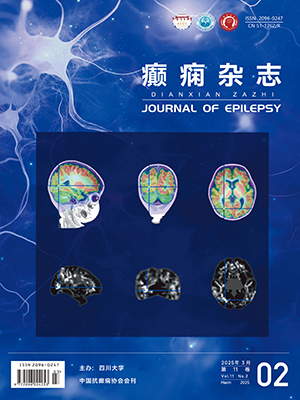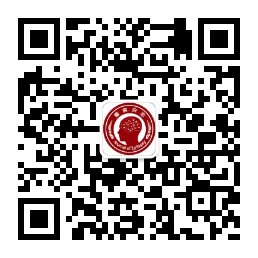| 1. |
Tartarone A, Lerose R. Stevens-Johnson syndrome and toxic epidermal necrolysis:what do we know? Therapeutic Drug Monitoring, 2010, 32(16):669-672.
|
| 2. |
Chan HL, Stern RS, Arndt KA, et al. The incidence of erythema multiforme, Stevens-Johnson syndrome, and toxic epidermal necrolysis. A population-based study with particular reference to reactions caused by drugs among outpatients. Archives of Dermatology, 1990, 126(22):43-47.
|
| 3. |
Chang YS, Huang FC, Tseng SH,et al. Erythema multiforme, Stevens-Johnson syndrome, and toxic epidermal necrolysis:acute ocular manifestations, causes, and management. Cornea, 2007, 26(2):123-129.
|
| 4. |
Khoo AK, Foo CL. Toxic epidermal necrolysis in a burns centre:a 6-year review. Burns:Journal of the International Society For Burn Injuries, 1996, 22(4):275-278.
|
| 5. |
Knowles SR, Shapiro LE, Shear NH. Anticonvulsant hypersensitivity syndrome:incidence, prevention and management. Drug Safety, 1999, 21(7):489-501.
|
| 6. |
Mockenhaupt M, Messenheimer J, Tennis P,et al. Risk of Stevens-Johnson syndrome and toxic epidermal necrolysis in new users of antiepileptics. Neurology, 2005, 64(7):1134-1138.
|
| 7. |
Hung SI, Chung WH, Jee SH, et al. Genetic susceptibility to carbamazepine-induced cutaneous adverse drug reactions. Pharmacogenetics Genomics, 2006, 16(4):297-306.
|
| 8. |
Chung WH, Hung SI, Hong HS, et al. Medical genetics:a marker for Stevens johnson syndrome. Nature, 2004, 428(6982):486.
|
| 9. |
McCormack M, Alfirevic A, Bourgeois S, et al. HLA-A*3101 and carbamazepine-induced hypersensitivity reactions in Europeans. The New England Journal of Medicine, 2011, 364(12):1134-1143.
|
| 10. |
Ikeda H, Takahashi Y, Yamazaki E, et al. HLA class I markers in Japanese patients with carbamazepine-induced cutaneous adverse reactions. Epilepsia, 2010, 51(14):297-300.
|
| 11. |
Roujeau JC, Stern RS. Severe adverse cutaneous reactions to drugs. The New Engl and Journal of Medicine, 1994, 331(6):1272-1285.
|
| 12. |
Haldane JB. The estimation and significance of the logarithm of a ratio of frequencies. Annals of Human Genetics, 1956, 20(3):309-311.
|
| 13. |
Locharernkul C, Loplumlert J, Limotai C, et al. Carbamazepine and phenytoin induced Stevens-Johnson syndrome is associated with HLA-B*1502 allele in Thai population. Epilepsia, 2008, 49(12):2087-2091.
|
| 14. |
Shi YW, Min FL, Qin B, et al. Association between HLA and Stevens-Johnson syndrome induced by carbamazepine in Southern Han Chinese:genetic markers besides B*1502? Basic Clinical Pharmacology Toxicology, 2012, 111(20):58-64.
|
| 15. |
Kim SH, Lee KW, Song WJ, et al. Carbamazepine-induced severe cutaneous adverse reactions and HLA genotypes in Koreans. Epilepsy Research, 2011, 97(16):190-197.
|
| 16. |
Mehta TY, Prajapati LM, Mittal B, et al. Association of HLA-B*1502 allele and carbamazepine-induced Stevens-Johnson syndrome among Indians. Indian Journal of Dermatology Venereology and Leprology, 2009, 75(3):579-582.
|
| 17. |
Cheung YK, Cheng SH, Chan EJ,et al. HLA-B alleles associated with severe cutaneous reactions to antiepileptic drugs in Han Chinese. Epilepsia, 2013, 54(7):1307-1314.
|
| 18. |
Middleton D, Hawkins BR, Williams F, et al. HLA class I allele distribution of a Hong Kong Chinese population based on high-resolution PCR-SSOP typing. Tissue Antigens, 2004, 63(6):555-561.
|




